Blog
-
 Blog
BlogWhat Is ECDSA (Elliptic Curve Digital Signature Algorithm)? Understanding Blockchain’s Core Signature Mechanism
Digital signatures are essential for secure communication in digital systems. In blockchain networks, they are used to verify transactions, prove ownership, and prevent tampering. Among the various algorithms used to...
-
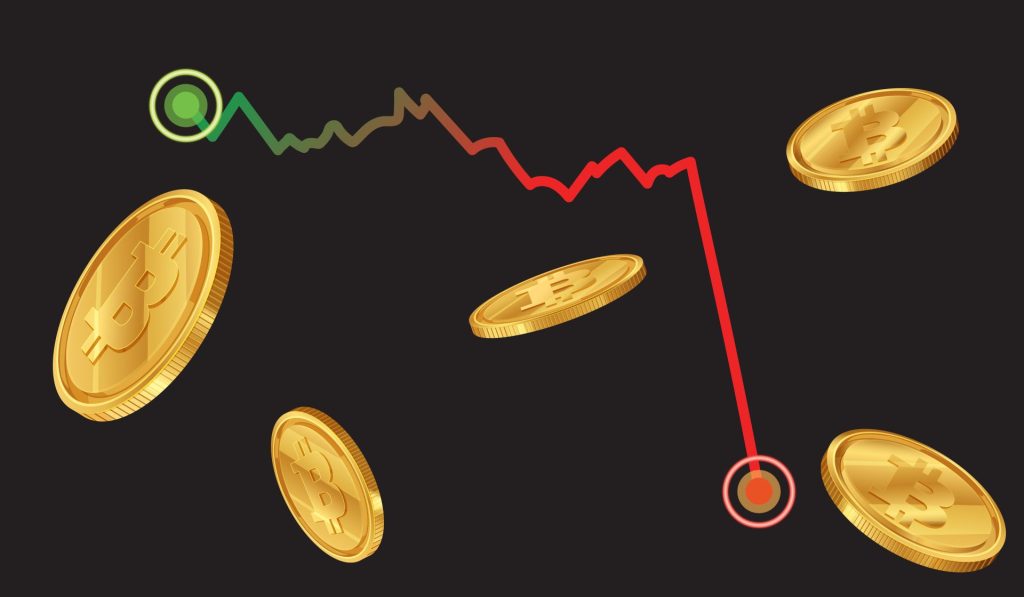 Blog
BlogWhat Is a Rug Pull and How Can You Avoid It in Crypto?
The crypto world is full of new projects, especially in DeFi. Every day, a new token pops up, promising big returns and revolutionary tech. But with that excitement comes risk....
-
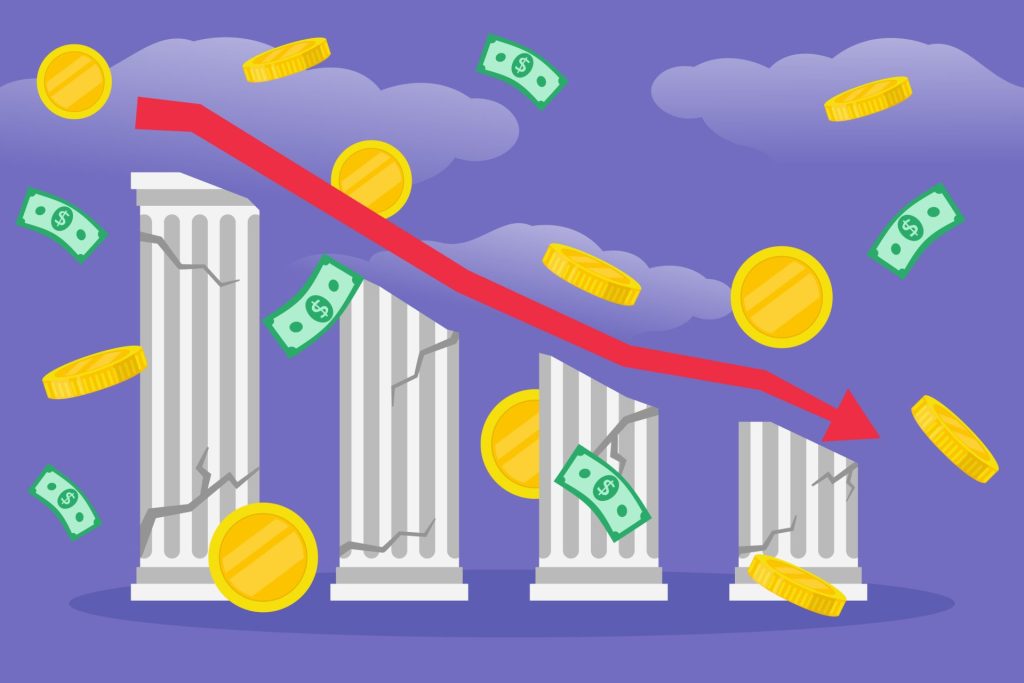 Blog
BlogWhat Is DCA (Dollar Cost Averaging)? A Beginner-Friendly Investment Strategy Explained
Markets are unpredictable. One day they surge, the next they drop without warning. For new investors, this can feel like stepping into chaos. Dollar Cost Averaging, or DCA, offers a...
-
 Blog
BlogWhat Are Zero-Knowledge Proofs?
A Key Technology Powering Privacy in Blockchain Privacy has become one of the most important challenges in digital systems. From messaging apps to decentralized finance, users are demanding more control...
-
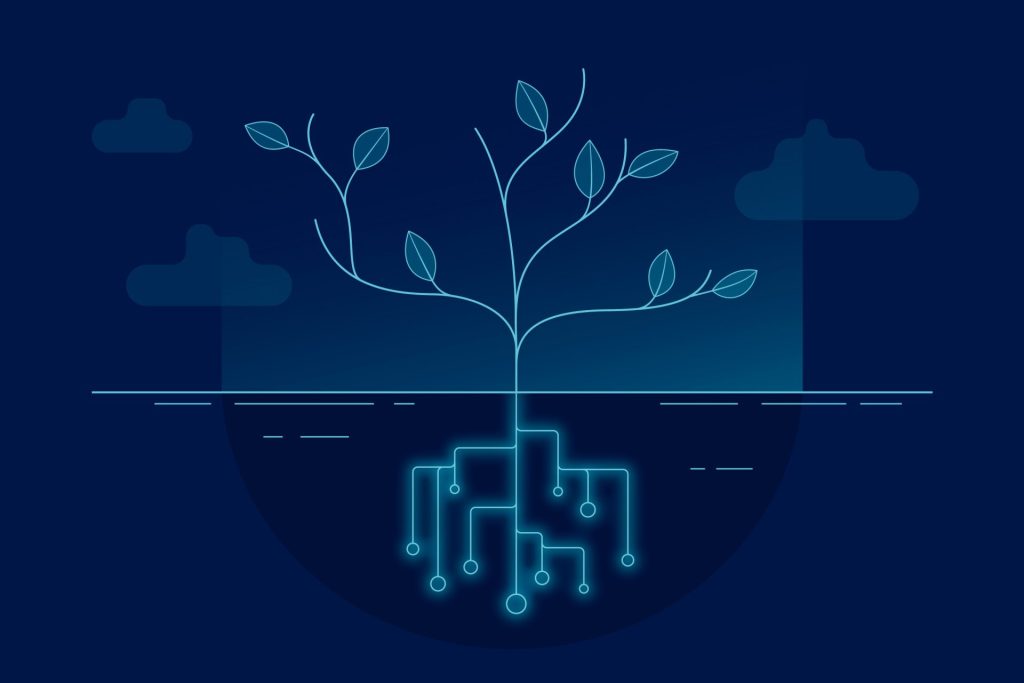 Blog
BlogWhat Is a Merkle Tree?
If you’ve ever wondered how blockchains verify data without needing to store or check every transaction, the answer lies in something called a Merkle tree. It’s not flashy or hyped,...
-
 Blog
BlogWhat Are Sidechains in Blockchain?
Scalability, high gas fees, and lack of cross-chain coordination have been blockchain’s long-standing bottlenecks. Sidechains are often pitched as the answer. But the term gets thrown around so much that...
-
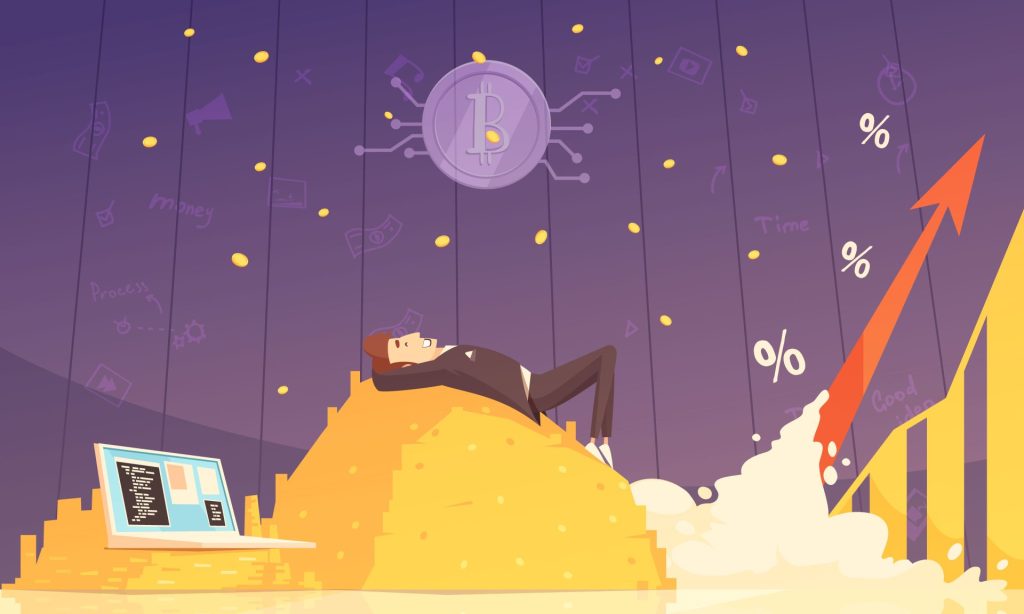 Blog
BlogHow Hash Rates Work: The Engine Behind Crypto Mining
The term "hash rate" gets thrown around a lot in the crypto world, especially when people talk about mining or network security. But what does it actually mean? Why does...
-
 Blog
BlogWhat Is Hash Rate? Understanding the Backbone of Crypto Mining
Hash rate is the speed at which a computer can guess solutions to a cryptographic puzzle. In blockchain networks like Bitcoin, miners solve these puzzles to validate transactions and secure...
-
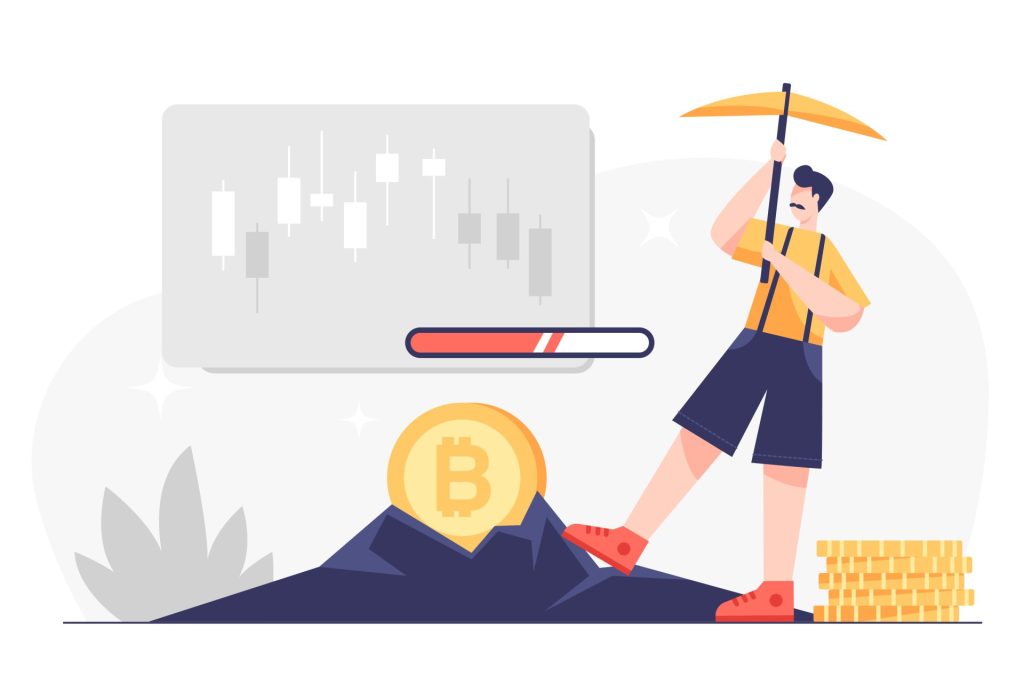 Blog
BlogWhat Is Isolated Margin?
With the growing interest in leveraged trading, futures markets have gained significant popularity. However, alongside the potential for high returns, these markets also come with considerable risks. One of the...
-
 Blog
BlogWhat Is Capitulation in Finance?
Capitulation is one of the most frequently encountered yet often misunderstood concepts in financial markets. It becomes particularly relevant during periods of high volatility and sharp market declines, when understanding...
-
 Blog
BlogICRYPEX Market Vision Report Is Live: A New Way to Read the Market
In the fast-paced world of cryptocurrency, timely, accurate, and actionable insights can make all the difference. That’s why ICRYPEX is proud to introduce Market Vision Report, a powerful new content...
-
 Blog
BlogWhat Is Cryptojacking?
As the adoption of cryptocurrencies continues to expand, so do the associated security threats. Among the growing list of cybercrimes, cryptojacking has emerged as a particularly stealthy and damaging tactic....
-
 Blog
BlogWhat Are the Pros and Cons of Investing in NFTs?
Non-Fungible Tokens (NFTs) have emerged as one of the most revolutionary applications of blockchain technology, gaining mainstream attention across various sectors such as art, gaming, real estate, and collectibles. These...
-
 Blog
BlogWhat Are the Roles of RWAs in Decentralized Finance (DeFi)?
Real World Assets, or RWAs, are things like real estate, invoices, bonds, or even fine art that exist outside of crypto but are brought into blockchain systems through tokenization. Simply...
-
 Blog
BlogWhat Is Volatility? Understanding Market Fluctuations and Their Significance
In financial markets, volatility is one of the most critical concepts investors need to consider when making investment decisions. Representing both risk and opportunity, volatility can act as a guidepost...